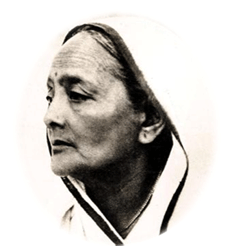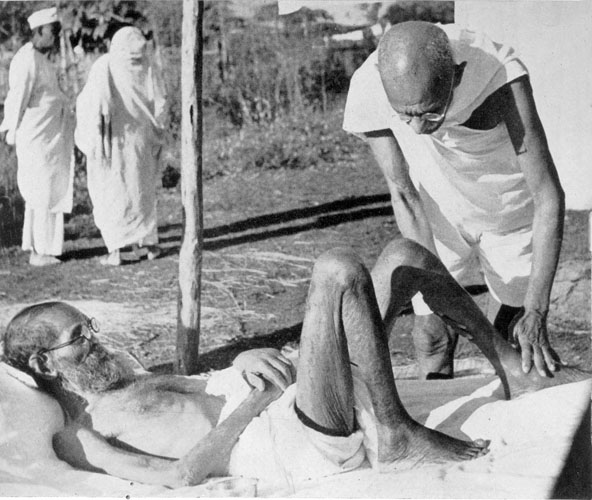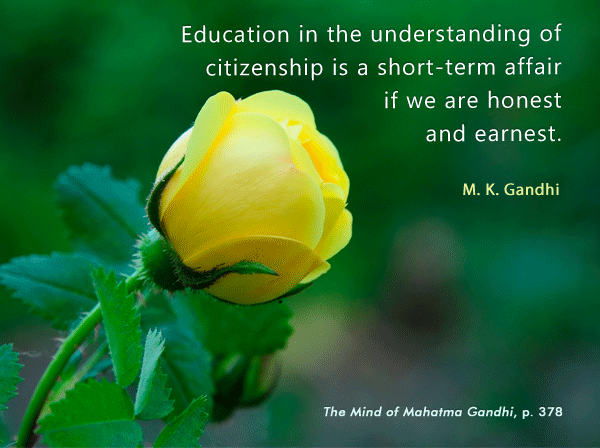Gandhi Journal Article-III (February 2016)
The woman behind the Mahatma
By Shail Raghuvanshi


Mahatma Gandhi, the Father of the Nation needs no introduction. That he worked hard to transform himself from Mohandas Karamchand Gandhi to the Mahatma, everyone knows. That he fought hard to help India and its citizens to get their deserved freedom is also well known. Though, how much of it is appreciated today I am not very sure. What few know or even bother to remember is the person behind the Mahatma's success. Yes, indeed. I am referring to Kasturba Gandhi, the simple, unassuming wife of the Mahatma.
Born Kastur Kapadia in Porbabdar, she became Kastur Ba after marrying Gandhiji. She bore him four sons - Harilal, Manilal, Ramdas, and Devdas. History offers proof of the sacrifices that this woman made to enable the Mahatma to work towards procuring freedom for India. Adjusting to a new way of life, giving up the little pleasures that every married woman desires, letting go of dreams that any girl has of wedded life - this and a lot more did Kasturba do, just to let her husband lay a foundation for the task that lay ahead of him. Kasturba let the revolution that ushered in independence usurp her dreams and desires. Not an easy thing to do. Understanding the power of sacrifice for a noble cause is something that requires a lot of self-introspection which most people do not have. But do we remember Kasturba for all that she did?
Born Kastur Kapadia in Porbabdar, she became Kastur Ba after marrying Gandhiji. She bore him four sons - Harilal, Manilal, Ramdas, and Devdas. History offers proof of the sacrifices that this woman made to enable the Mahatma to work towards procuring freedom for India. Adjusting to a new way of life, giving up the little pleasures that every married woman desires, letting go of dreams that any girl has of wedded life - this and a lot more did Kasturba do, just to let her husband lay a foundation for the task that lay ahead of him. Kasturba let the revolution that ushered in independence usurp her dreams and desires. Not an easy thing to do. Understanding the power of sacrifice for a noble cause is something that requires a lot of self-introspection which most people do not have. But do we remember Kasturba for all that she did?
READ FULL ARTICLE



